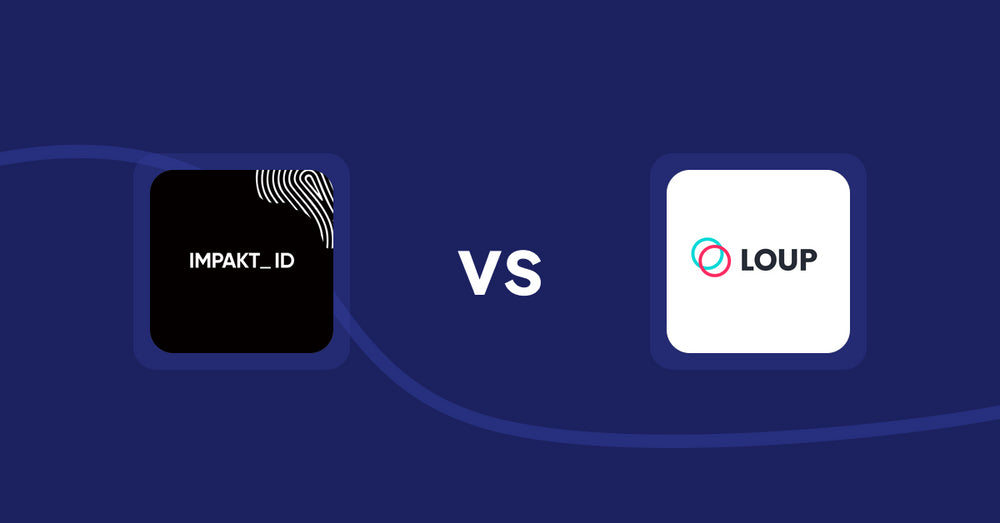Shopify Metafield Apps: Metafields Guru vs Collection Additional Fields

Table of Contents
- Introduction
- How Does Metafields Guru Work?
- How Does Collection Additional Fields Work?
- How Much Does Metafields Guru Cost?
- How Much Does Collection Additional Fields Cost?
- Cost Analysis: Metafields Guru vs. Collection Additional Fields
- User Reviews & Customer Support Insights
- Integration and Compatibility Comparison
- Conclusion
Introduction
In the competitive landscape of e-commerce, every detail matters, and having optimized data structures can enhance user experience and boost sales. Metafields—custom fields for storing data in Shopify—play a pivotal role in this optimization. They allow merchants to add unique information to their products, collections, and more. As businesses endeavor to offer tailored experiences, metafield apps serve as essential tools, with Metafields Guru and Collection Additional Fields emerging as noteworthy solutions.
Metafields Guru excels in providing an extensive suite of features that streamline the process of managing metafields. On the other hand, Collection Additional Fields focuses on simplifying custom metadata fields for collections. This blog post will delve into how each app functions, their pricing structures, and the overall value they provide.
How Does Metafields Guru Work?
Metafields Guru is designed to empower Shopify merchants by offering a robust platform for managing metafields with ease and efficiency.
Main Features:
- Bulk Editing: Create, update, and delete metafields in bulk with a single click, allowing for faster data management.
- Excel-like Editor: The user-friendly spreadsheet interface simplifies data manipulation, catering to those who prefer a more visual management style.
- Metafield Sets & Definitions: Organize metadata efficiently through metafield sets, which streamline data management and enhance data structure.
- Flexible Imports/Exports: Capable of importing and exporting metafields from CSV files of any structure, facilitating easy data migration between platforms.
Utility for Businesses:
- Startups: For emerging businesses, the free ROOKIE plan allows them to experiment with basic metafield functions while leveraging 1,000 free app credits for bulk operations.
- Small to Medium Enterprises (SMEs): The ADEPT plan, at $9/month, offers an infinite bulk edit functionality for up to 2,000 entities, making it a perfect fit for growing businesses that require flexibility in data management.
- Large Enterprises: With the GURU PLUS plan at $59/month, businesses can manage up to 100,000 entities seamlessly, which is suitable for enterprises with vast inventories.
The smart design of Metafields Guru ensures that businesses of all sizes can manage their metafields with a tailored approach. For example, a startup may begin with simple product specifications, while an enterprise can leverage complex data structures for advanced customer engagement strategies.
How Does Collection Additional Fields Work?
Collection Additional Fields is another viable option for Shopify merchants, primarily focusing on adding custom fields to collections.
Main Features:
- Unlimited Custom Fields: Allows merchants to add as many custom fields as needed, aiding in product organization and navigation.
- Diverse Field Types: Including text areas, videos, and image files, merchants can enrich their collections in a visually engaging manner.
- Global Configuration: This allows for adjustments in date, time, and date-time field formats without coding, making it accessible for operators of all skill levels.
Utility for Businesses:
- Startups: Starting at $4.99/month, Collection Additional Fields offers a low-cost entry for businesses looking to manage their collections effectively.
- SMEs and Large Enterprises: This app's limitless capabilities in adding custom fields are attractive across business sizes, enabling personalized shopping experiences regardless of operational scale.
Given its focus on collections, businesses can improve product visibility through customized displays, which may lead to enhanced customer satisfaction.
How Much Does Metafields Guru Cost?
When evaluating metafield solutions, cost-effectiveness plays a significant role. Here's a breakdown of Metafields Guru’s pricing:
Pricing Tiers:
-
ROOKIE (Free):
- Features: Basic metafields editor with 1,000 free app credits.
- Target Audience: Ideal for startups testing metafields.
- Limitations: Limited to basic features and 1,000 credits only.
-
ADEPT ($9/month):
- Features: Browser extension, Excel-like editor, and unlimited bulk edits for up to 2,000 entities.
- Target Audience: Great for SMEs with expanding data needs.
-
GURU ($19/month):
- Features: Advanced tools for up to 20,000 entities.
- Target Audience: Suitable for growing businesses handling vast amounts of metafields.
- Limitations: Data management still limited compared to larger plans.
-
GURU PLUS ($59/month):
- Features: Unlimited bulk edits for up to 100,000 entities, providing the most comprehensive features.
- Target Audience: Tailored for large enterprises needing extensive data management capabilities.
Moreover, it is important to note that you can always reach out to our team, and we can create a custom pricing plan to suit your needs and your budget. Schedule a call via this link and we’ll come up with the best solution for you and your business.
How Much Does Collection Additional Fields Cost?
In the realm of metafield management, affordability matters. Collection Additional Fields has a straightforward pricing model.
Pricing Tier:
-
Starter ($4.99/month):
- Features: Basic custom field functionalities.
- Target Audience: This entry-level price point is appealing for startups.
- Limitations: Lacks advanced features found in higher-priced apps, which could be a drawback as businesses grow.
While it offers an affordable option, the limited capabilities could hinder businesses requiring extensive metafield management.
Cost Analysis: Metafields Guru vs. Collection Additional Fields
When comparing the pricing of both apps, it becomes apparent that Metafields Guru offers more value across various scales of operation. Despite Collection Additional Fields starting at a lower price point, the limited features may not justify its use, especially for growing businesses that require comprehensive solutions. Additionally, promotional offers and substantial customer support available with Metafields Guru enhance its overall attractiveness.
User Reviews & Customer Support Insights
Is Metafields Guru Good?
With an impressive 5-star average rating from 64 users, Metafields Guru stands out for its ease of use and feature-rich environment. Users appreciate the bulk editing capabilities and the intuitive interface, which decisively enhances their productivity.
Is Collection Additional Fields Good?
With no reviews and an average rating of 0 stars, it's difficult to gauge customer satisfaction directly. However, some potential users might feel apprehensive about the lack of feedback regarding its effectiveness and ease of use, which often directly correlates with product adoption.
User Preference: Metafields Guru or Collection Additional Fields?
The clear advantage lies with Metafields Guru, reflected in its higher ratings and robust user feedback. Customers may be drawn to its extensive features and strong support network, while the lack of reviews for Collection Additional Fields raises questions about its reliability and effectiveness.
Integration and Compatibility Comparison
Metafields Guru Integrations
Metafields Guru integrates smoothly with Shopify Flow, enabling merchants to automate workflows around metafield management. This facilitates efficient inventory handling and dynamic marketing strategies.
Collection Additional Fields Integrations
Currently, Collection Additional Fields does not highlight any significant integrations. This lack of flexibility could limit its effectiveness compared to Metafields Guru, which promotes versatile usability across various sales channels.
Conclusion
Both Metafields Guru and Collection Additional Fields offer valuable solutions in their own right. However, Metafields Guru stands out with its extensive suite of functionalities, appealing pricing plans, and robust user feedback. With a proven track record of boosting customer engagement and enhancing sales through effective metafield management, it emerges as the superior choice for Shopify merchants. If you are navigating the complexities of metafield management, Metafields Guru is your best bet for achieving exemplary business outcomes.
Still Searching for the Perfect Customization Solution?
Stop searching and start thriving with Accentuate Custom Fields! This powerful metafield management app supercharges Shopify’s native features, giving you the tools to create a truly personalized customer experience.
Why Choose Accentuate Custom Fields?
- Advanced Customization: Unlimited field definitions, logical grouping, and custom layouts make your store one-of-a-kind.
- Enhanced Editor Experience: Effortlessly edit variant metafields, use advanced HTML and markdown editors, and sync field definitions between stores.
- Flexible Management: Import/export capabilities, automatic tagging, and comprehensive support for Metaobjects and versioning.
- 24/7 Support: If you have any questions or need assistance, our team is available around the clock to help with any custom modifications to suit your store.
Join over 12,000 merchants, including top Shopify Plus stores, who trust Accentuate for their customization needs. With a stellar 4.9-star rating, Accentuate is the go-to tool for advanced CMS needs, offering unmatched flexibility and control over your store’s content. Elevate your Shopify store with high-quality content that boosts customer experiences and conversions. Tell your story, showcase your products, and create an engaging customer journey with ease.
Experience the Accentuate difference and watch your Shopify store thrive!
Accentuate vs Competition
Explore how Accentuate Custom Fields stands out. Whether you’re aiming to customise your storefront, streamline operations or improve content management, see how we compare against the competition
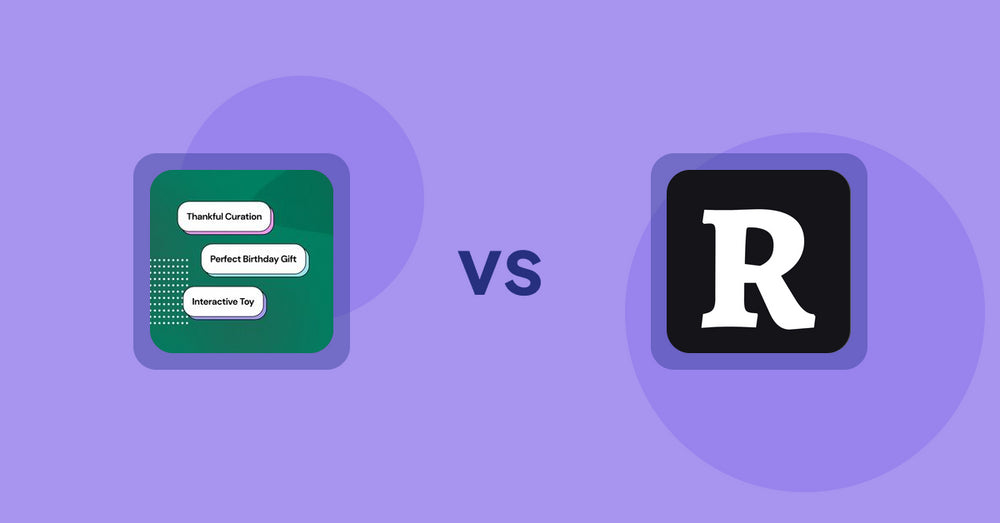
Shopify Product Display Apps: FeatureFrame ‑ Pretty Product vs. AI SEO: Top Product Features
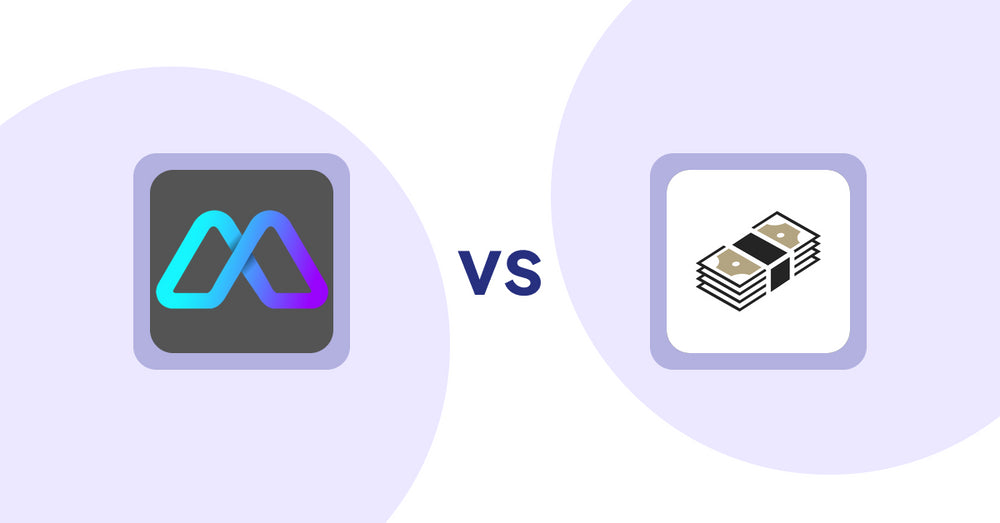
Shopify Product Display Apps: Metadrob: Create Virtual Store vs シンプルクラウドファンディング|お手軽自社クラファン
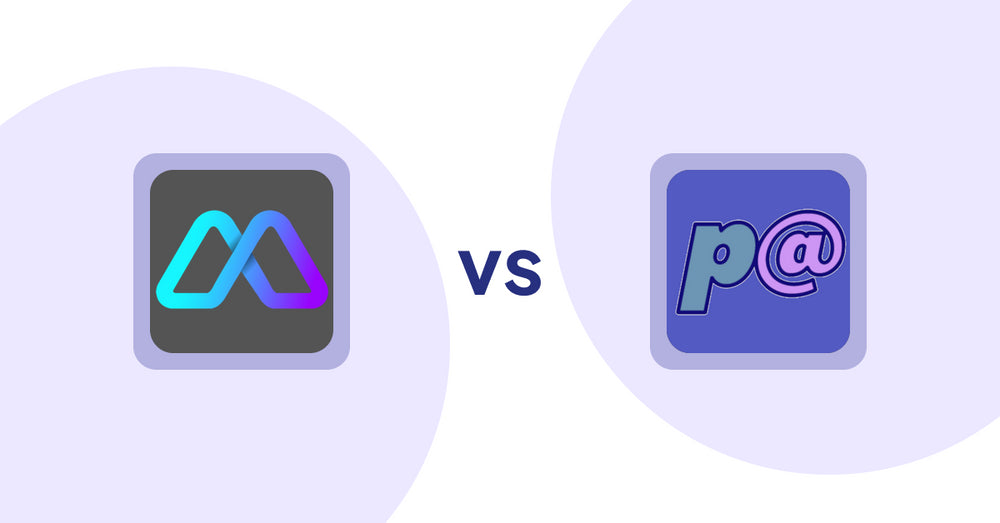
Shopify Product Display Apps: Metadrob: Create Virtual Store vs Parameterizer
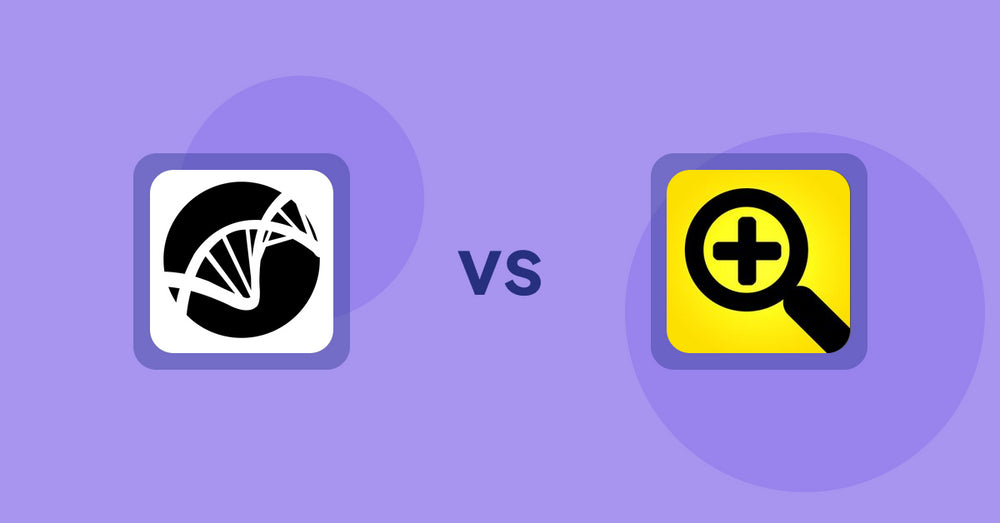
Shopify Product Display Apps: Bike Matrix vs. Fast View: Fastest Quick View
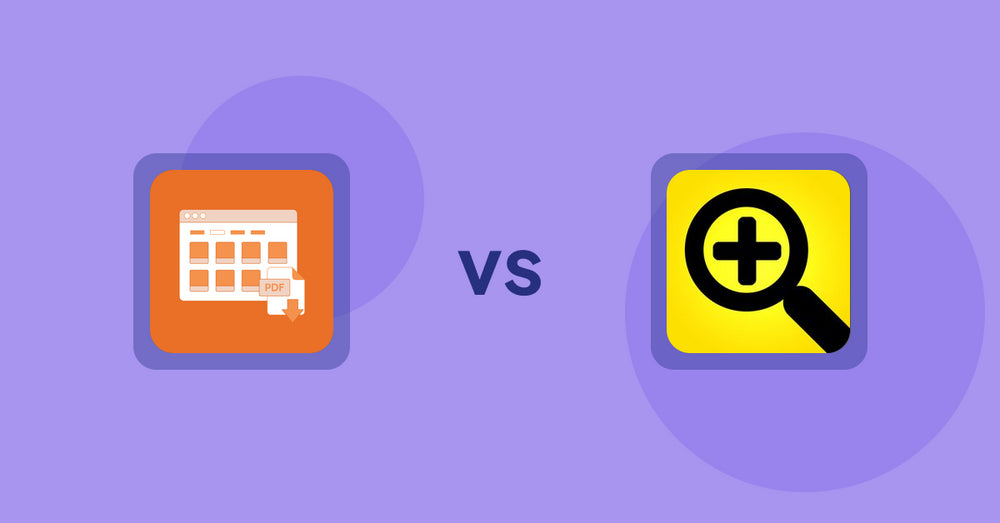
Shopify Product Display Apps: Meetanshi PDF Product Catalog vs Fast View: Fastest Quick View
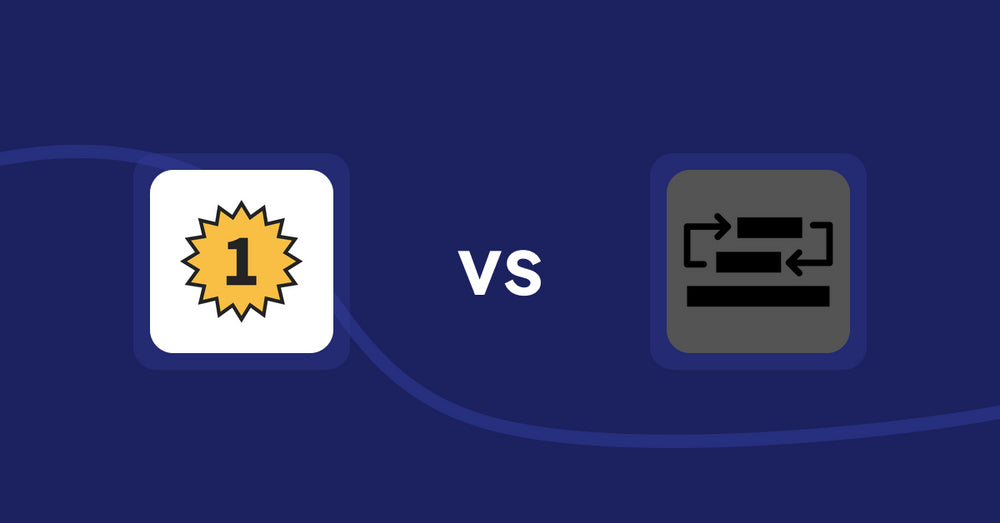
Shopify Product Display Apps: UR: Smart Ranking vs Sortyfi Collection Merchandise
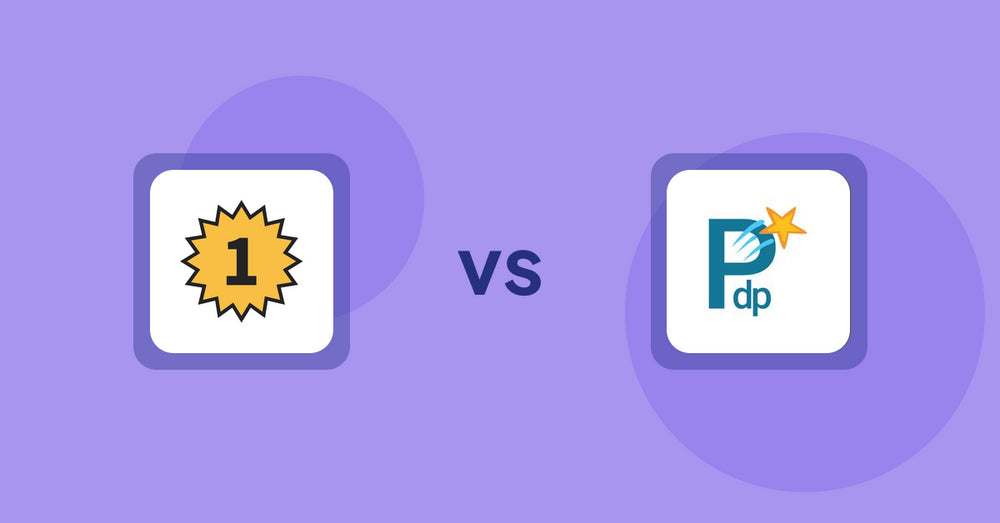
Shopify Product Display Apps: UR: Smart Ranking vs PDP Star
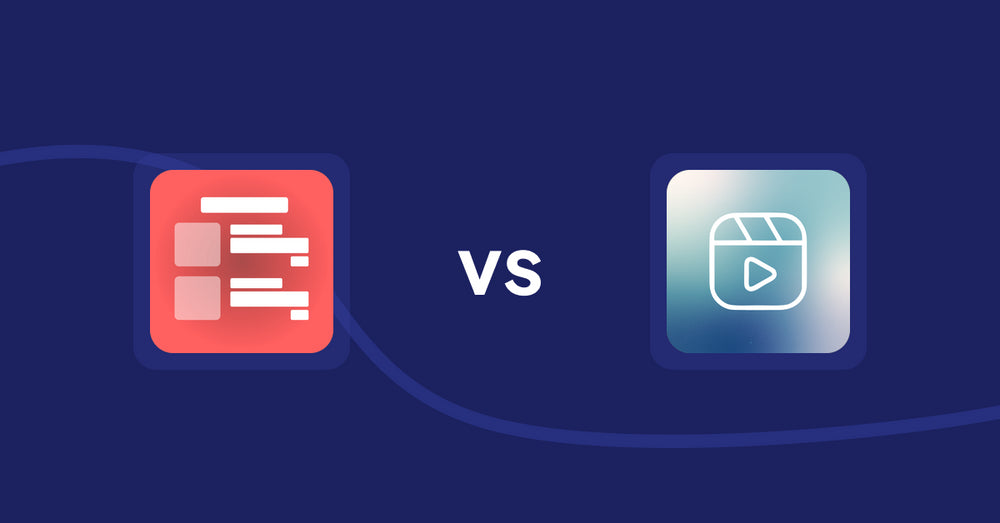
Shopify Product Display Apps: Menulog vs Reelify ‑ Shoppable Reel Video
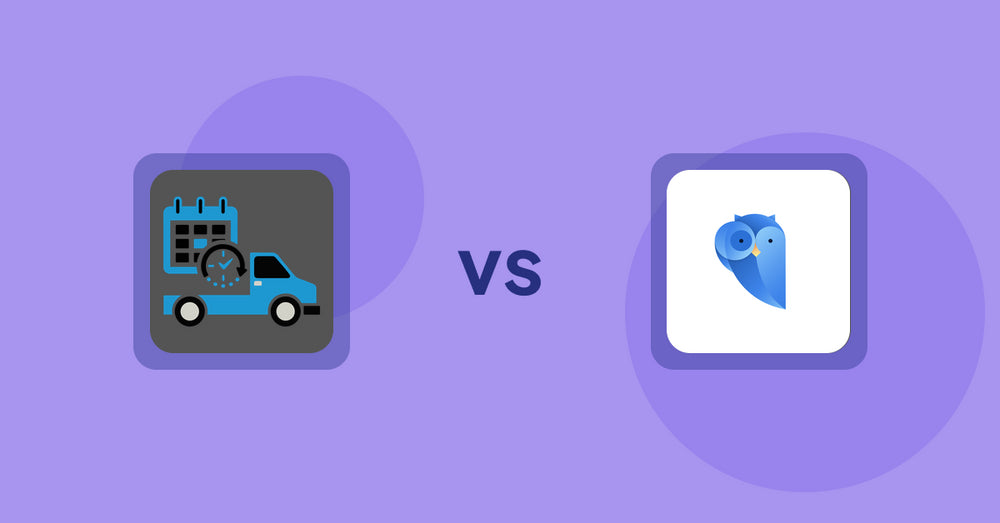
Shopify Product Display Apps: H3 Estimated Delivery vs Findify Search & Merchandise
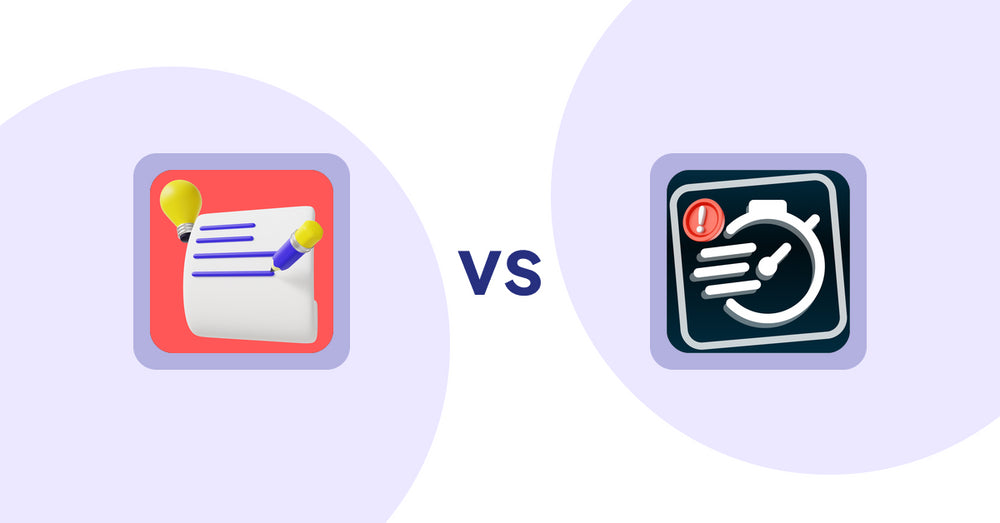
Shopify Product Display Apps: Wordo ‑ ChatGPT AI Description vs Urgency! Low Stock Counter
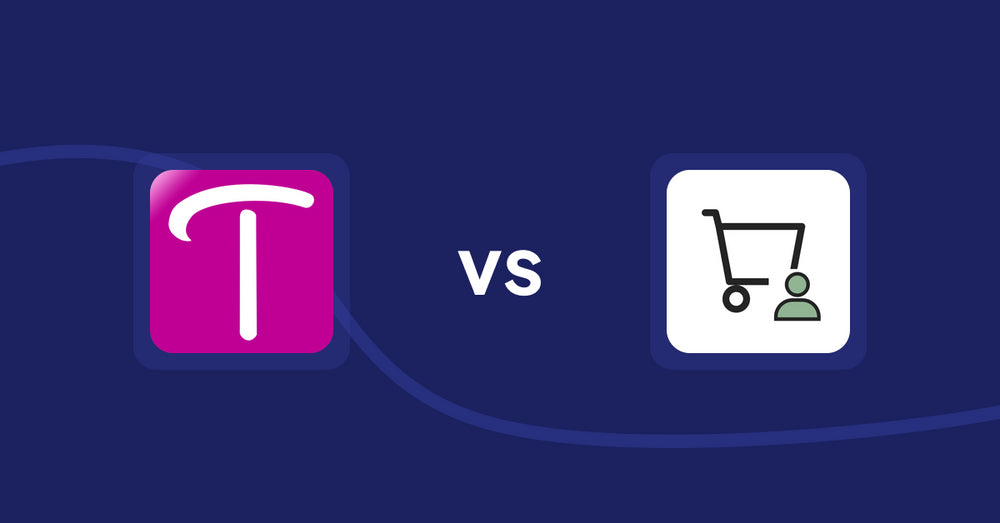
Shopify Product Display Apps: WS Transparency vs シンプル会員注文割引|お手軽ログインセール設定
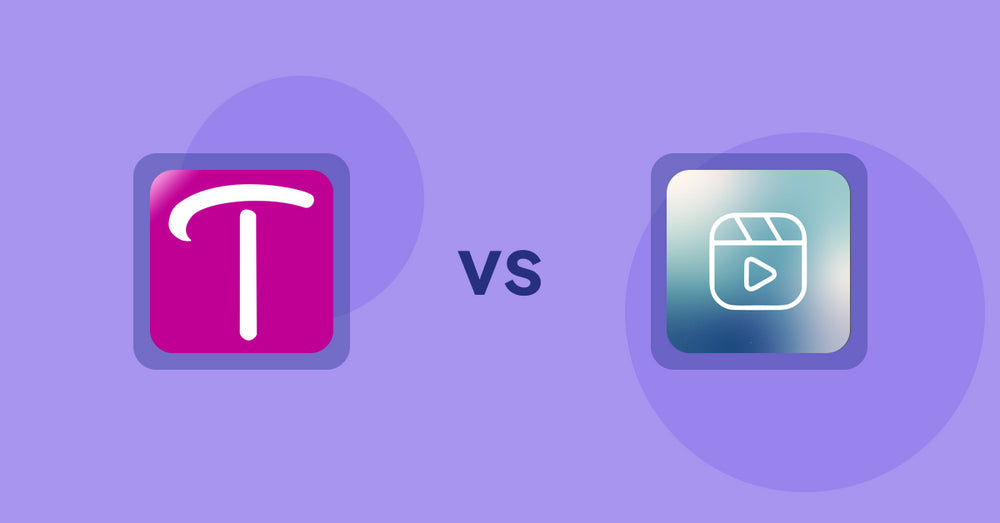
Shopify Product Display Apps: WS Transparency vs Reelify ‑ Shoppable Reel Video
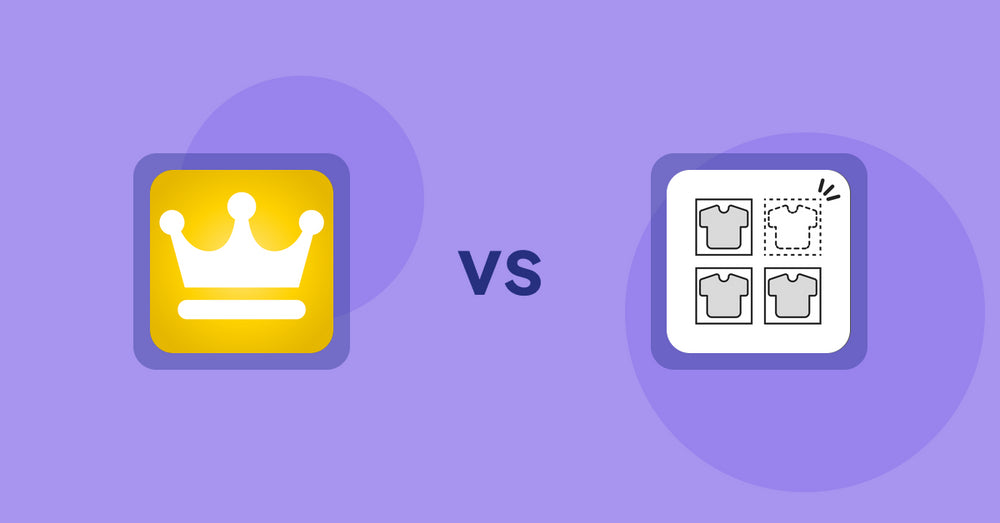
Shopify Product Display Apps: Awesome Ranking vs シンプル売り切れ非表示|在庫切れ商品の表示変更
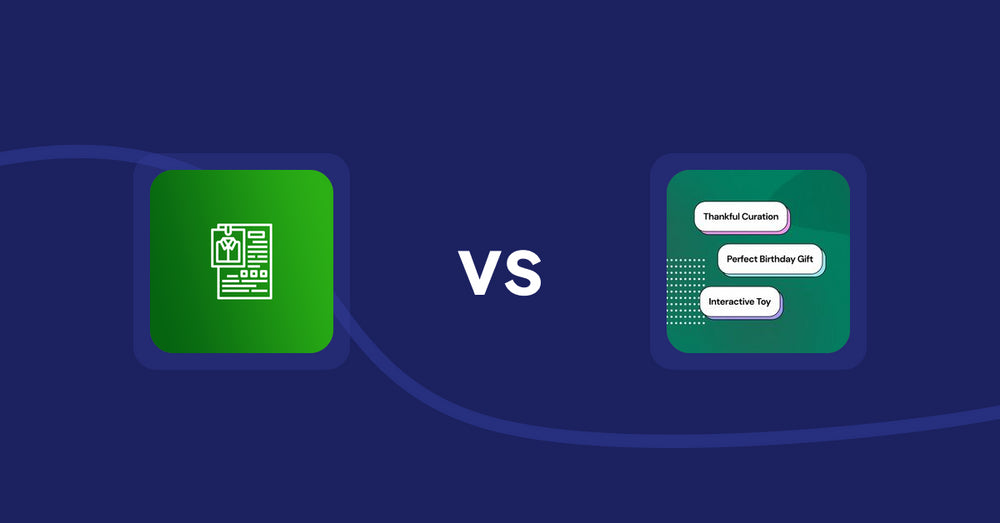
Shopify Product Display Apps: OC Product Size Chart vs FeatureFrame ‑ Pretty Product
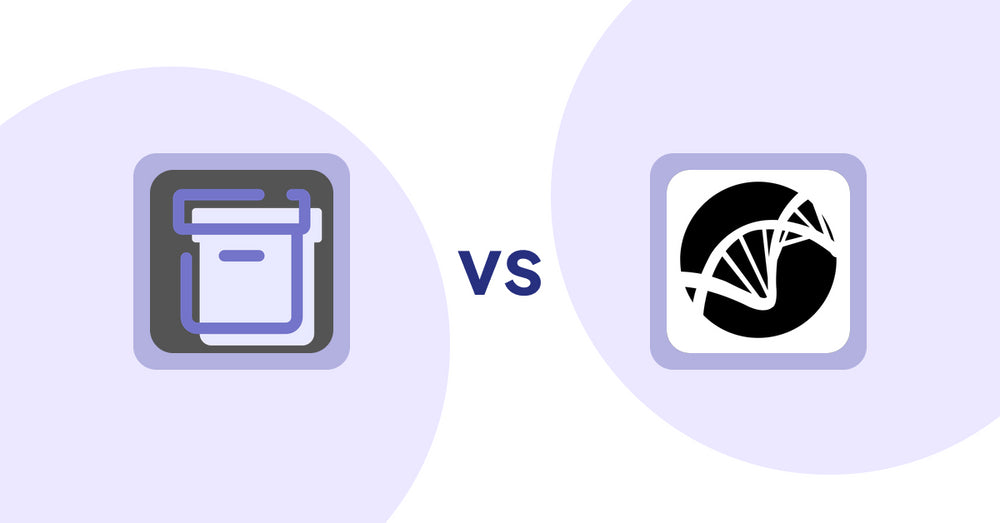
Shopify Product Display Apps: Shelfify vs Bike Matrix
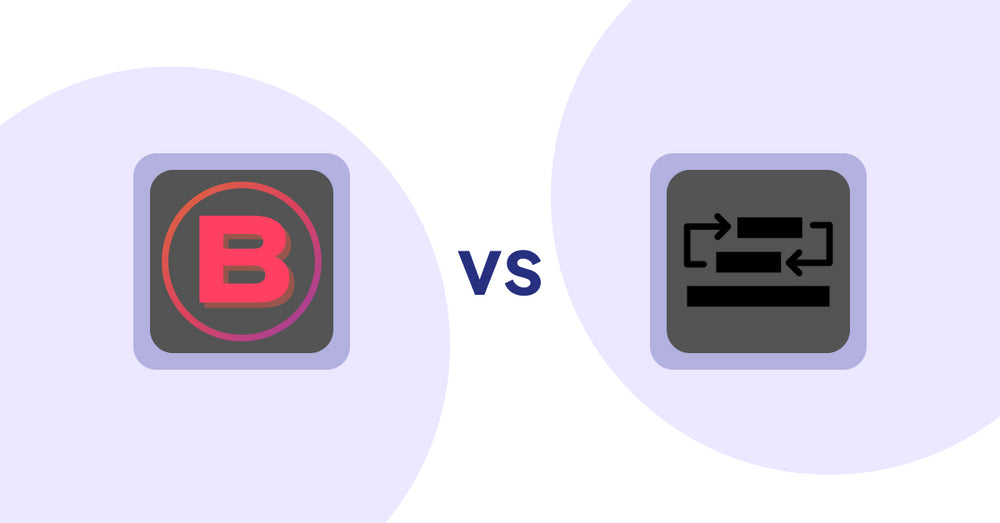
Shopify Product Display Apps: Banter Stories vs Sortyfi Collection Merchandise
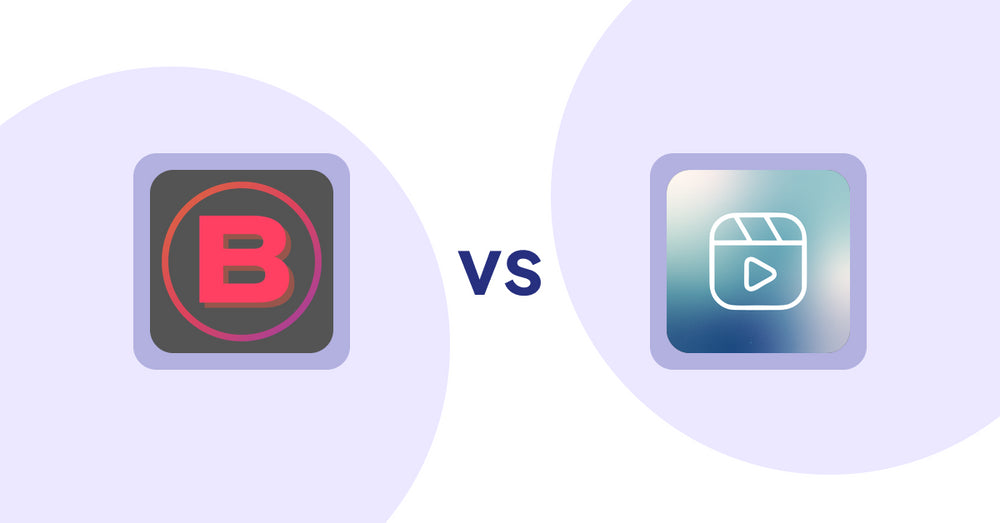
Shopify Product Display Apps: Banter Stories vs. Reelify ‑ Shoppable Reel Video
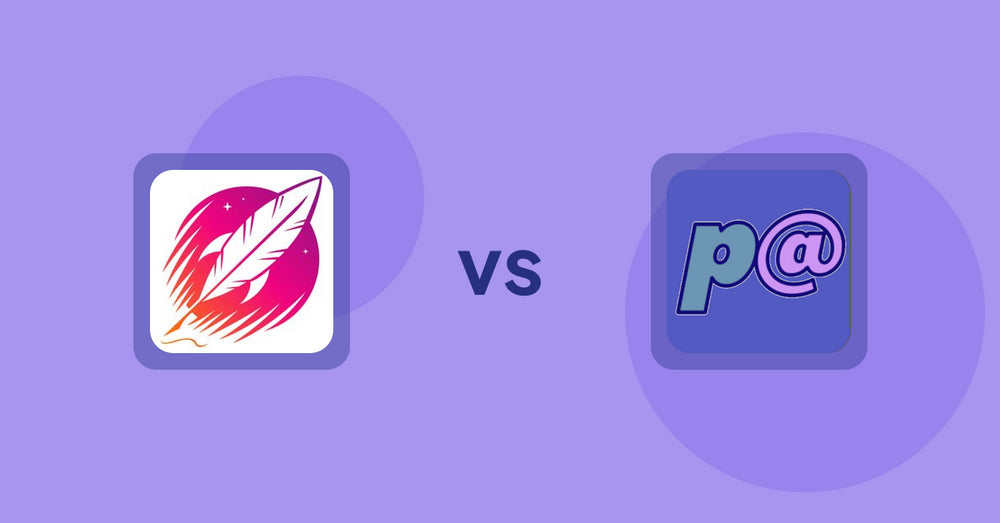
Shopify Product Display Apps: Wordsmith: Content Generator vs Parameterizer
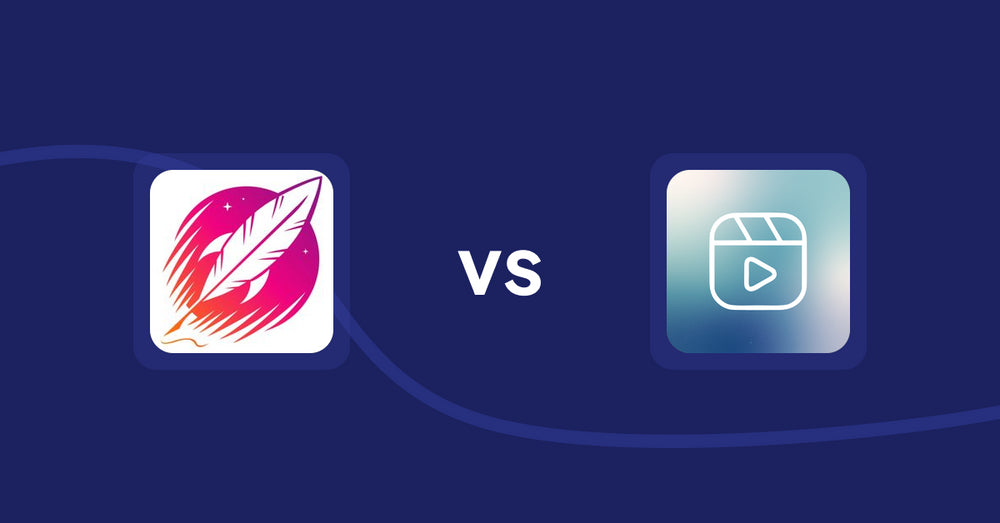
Shopify Product Display Apps: Wordsmith: Content Generator vs Reelify ‑ Shoppable Reel Video
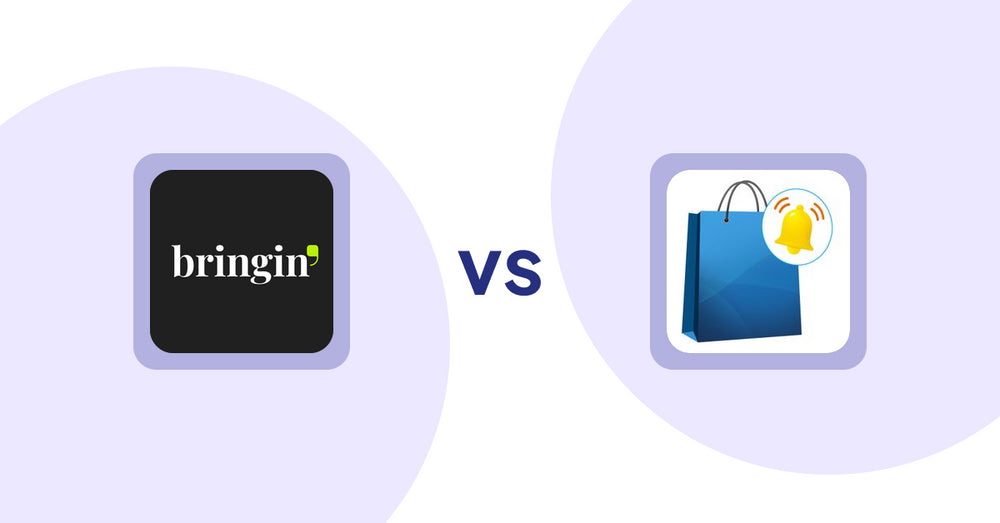
Shopify Product Display Apps: Bringin vs CartBar ‑ Product Purchase Bar
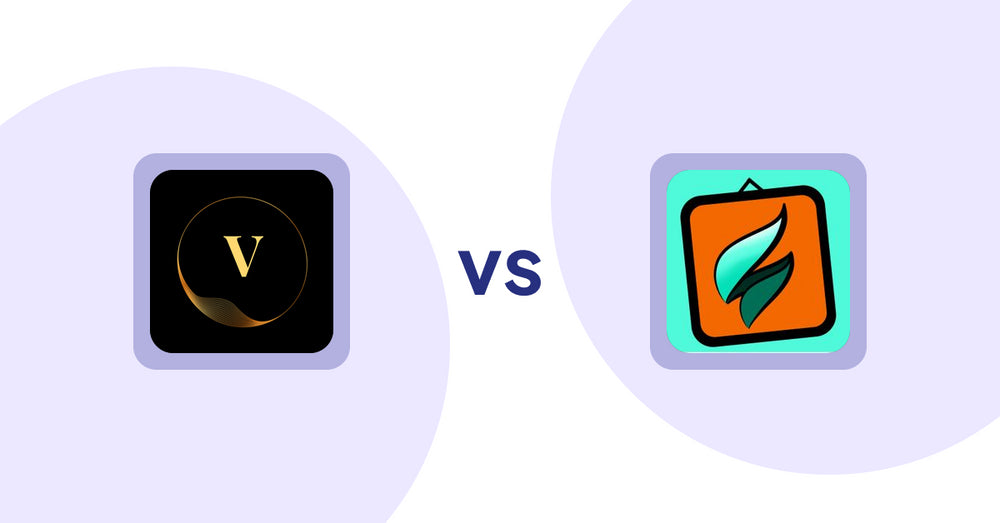
Shopify Product Display Apps: ProductTube vs SMART ‑ Art Product Builder
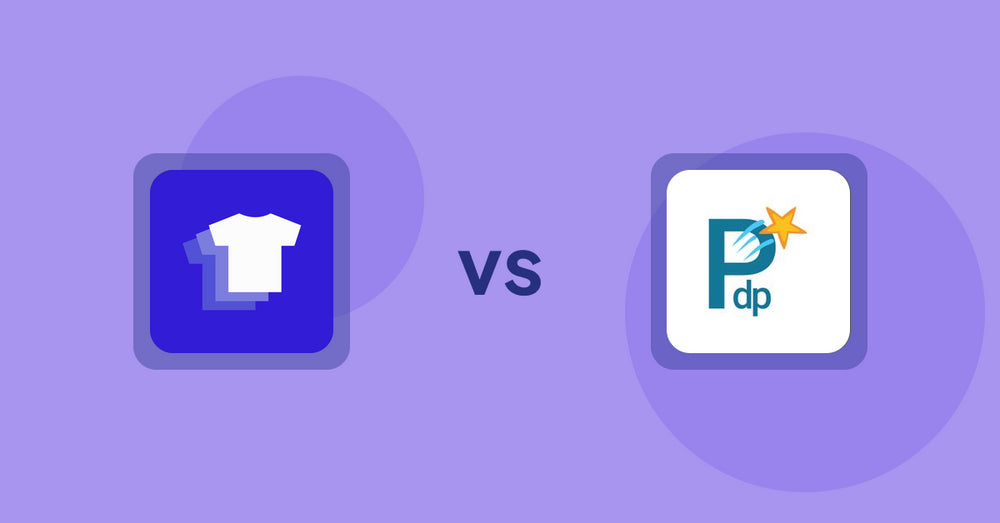
Shopify Product Display Apps: Xpander vs PDP Star
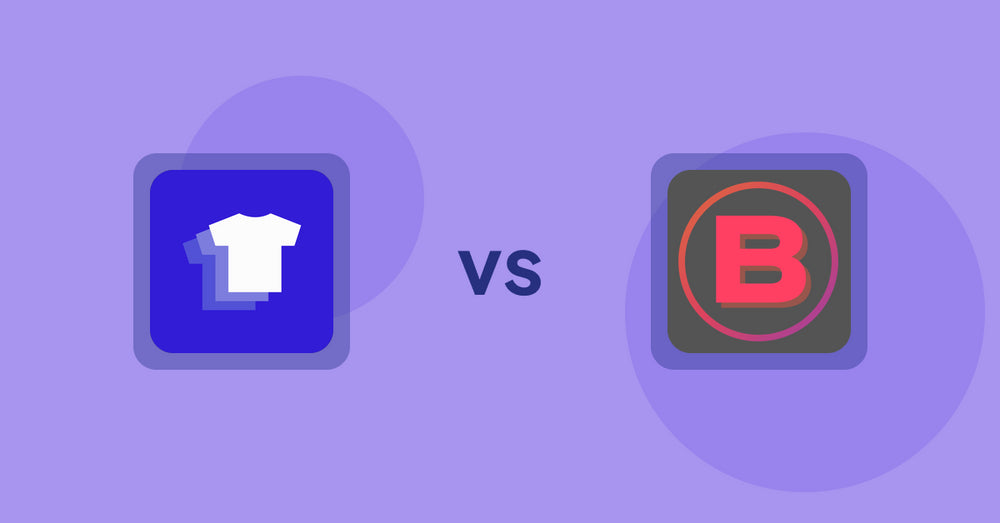
Shopify Product Display Apps: Xpander vs Banter Stories
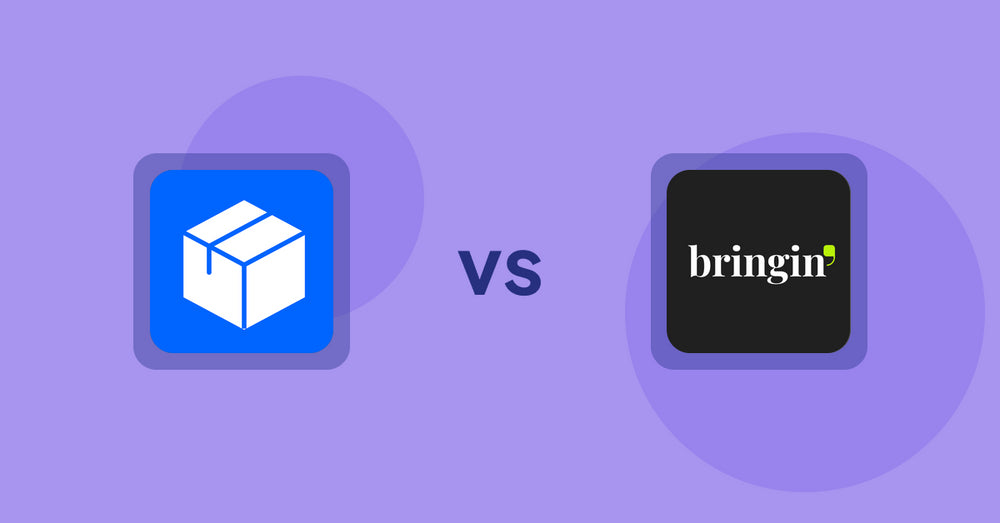
Shopify Product Display Apps: Wonderful Widgets vs Bringin
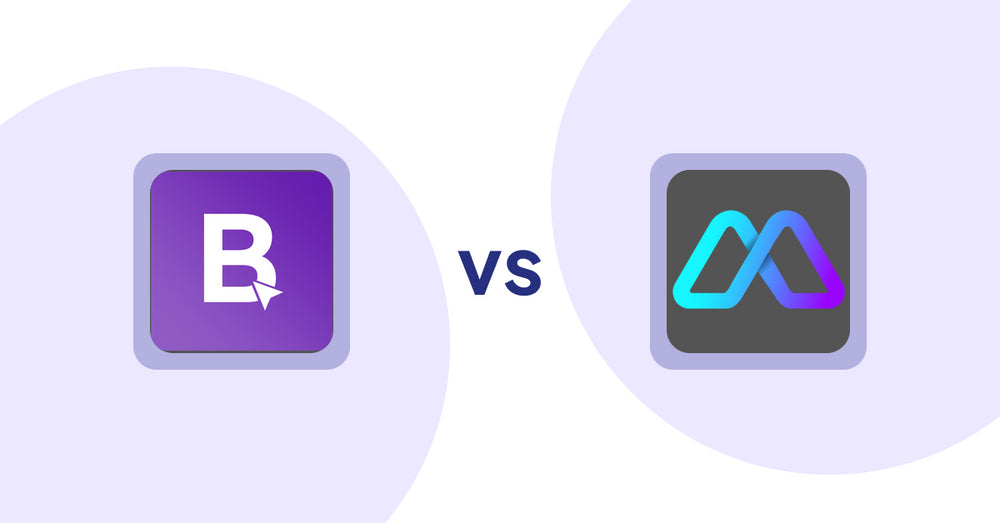
Shopify Product Display Apps: BookE - Rent Property & Service vs Metadrob: Create Virtual Store
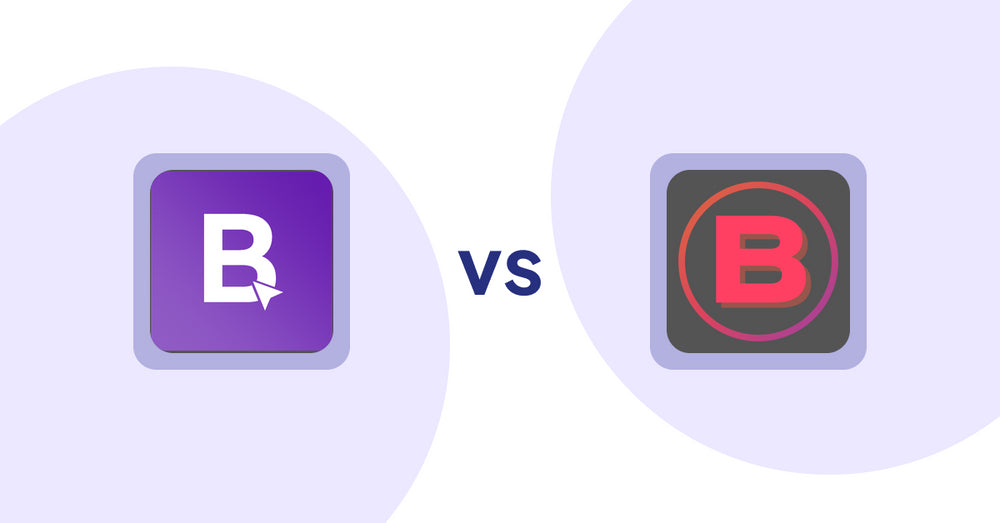
Shopify Product Display Apps: BookE ‑Rent Property & Service vs. Banter Stories
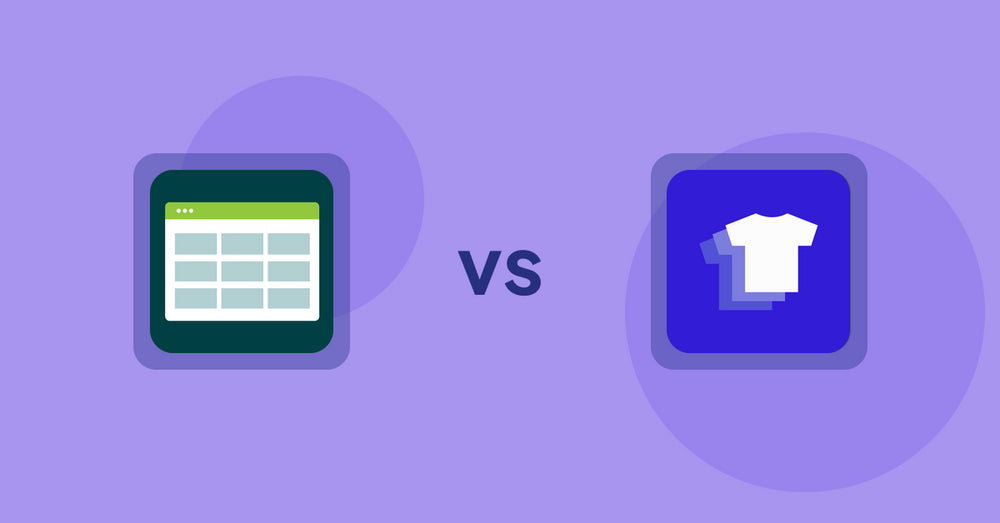
Shopify Product Display Apps: Product Table vs. Xpander
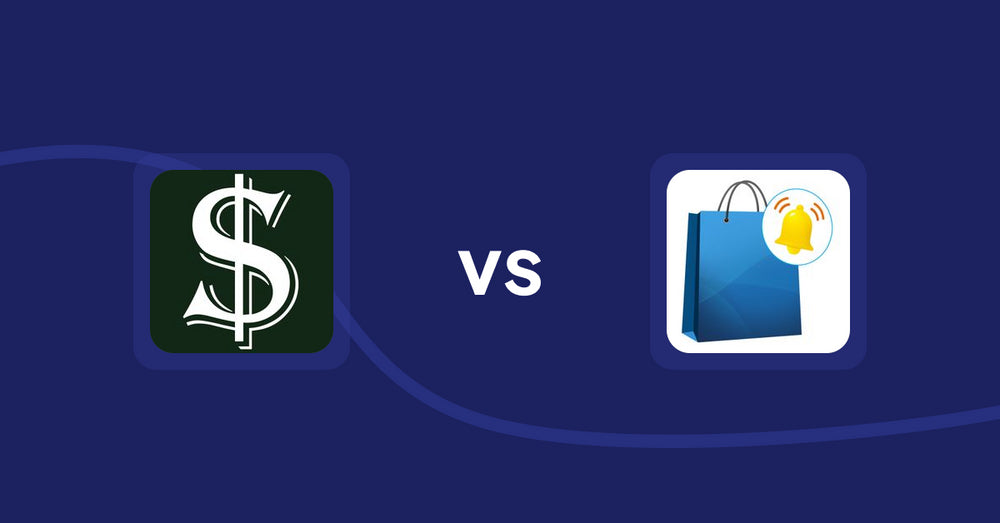
Shopify Product Display Apps: Selling Fast vs CartBar ‑ Product Purchase Bar
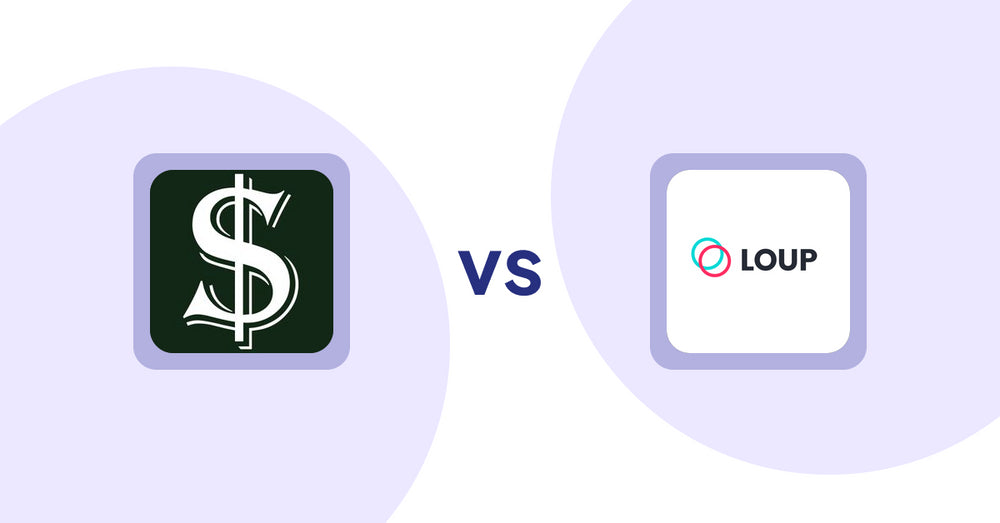
Shopify Product Display Apps: Selling Fast vs. Loup: Sell on Instagram
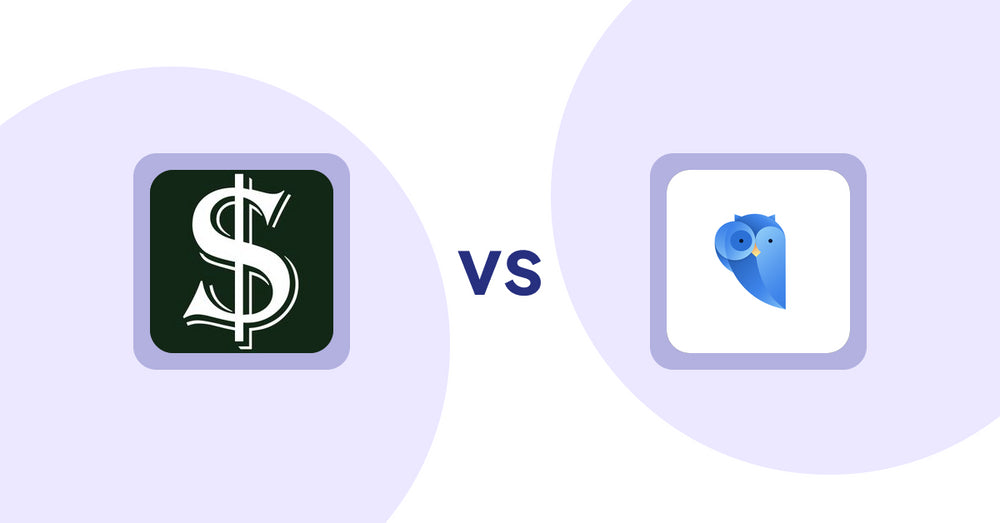
Shopify Product Display Apps: Selling Fast vs. Findify Search & Merchandise
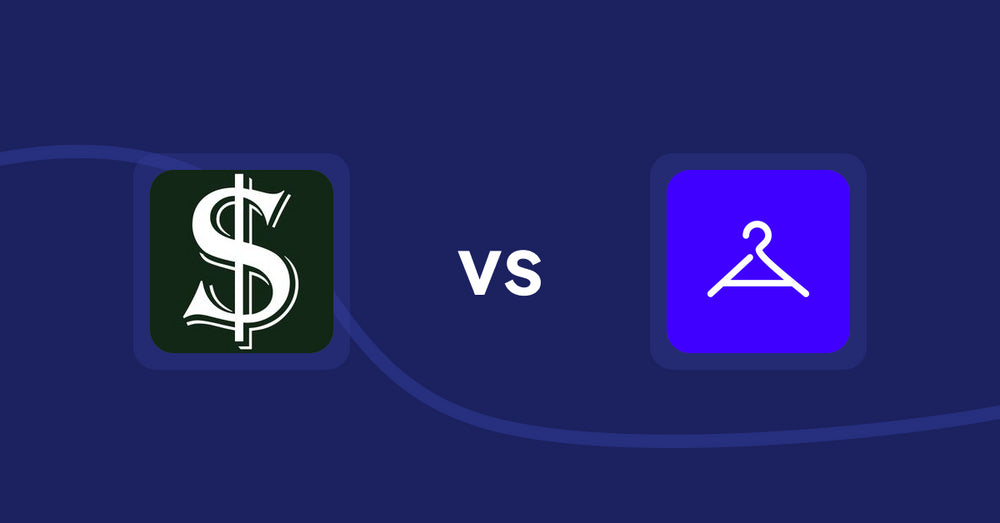
Shopify Product Display Apps: Selling Fast vs. Aiuta
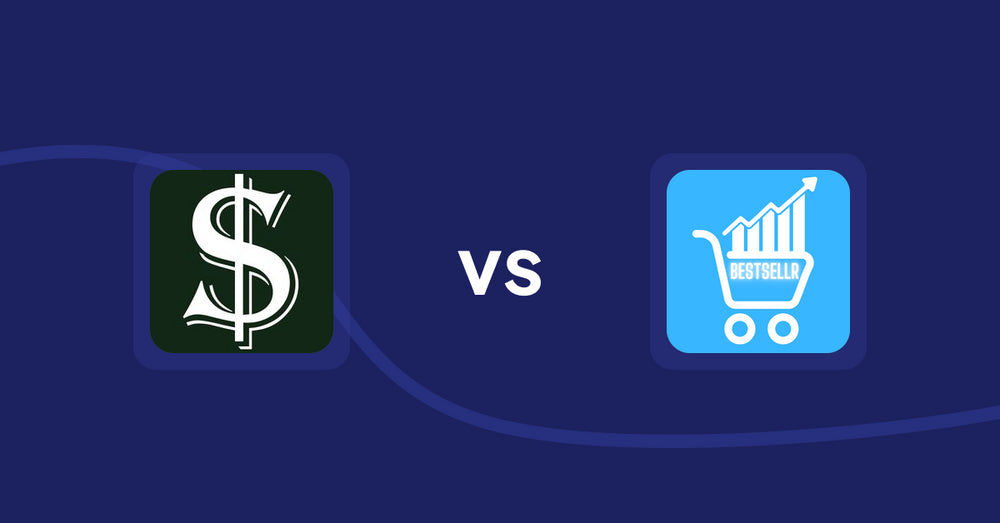
Shopify Product Display Apps: Selling Fast vs Bestsellr
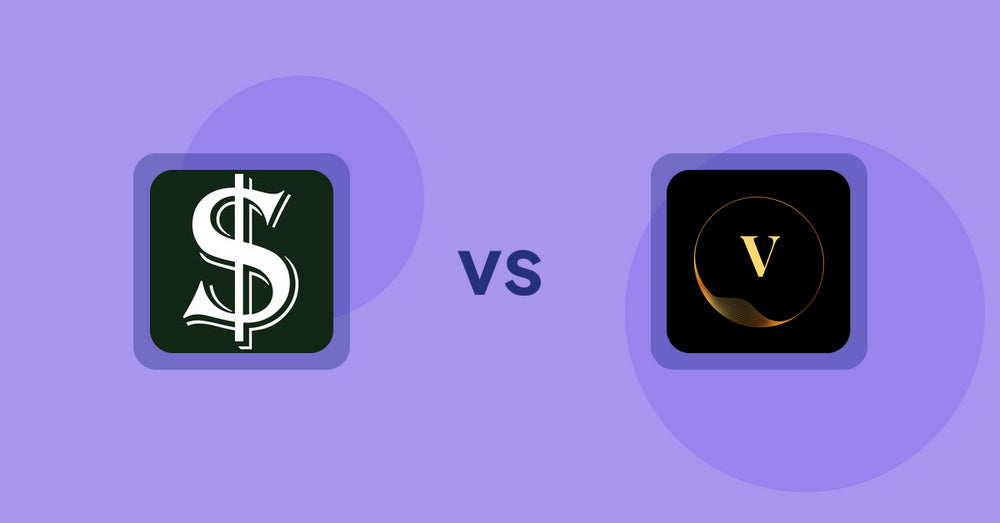
Shopify Product Display Apps: Selling Fast vs ProductTube
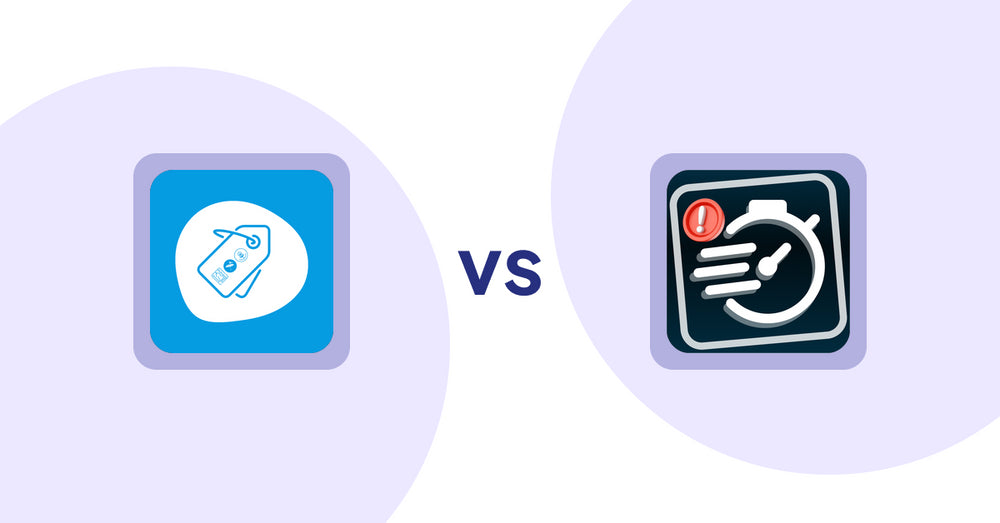
Shopify Product Display Apps: Extendons Product Tag Images vs Urgency! Low Stock Counter
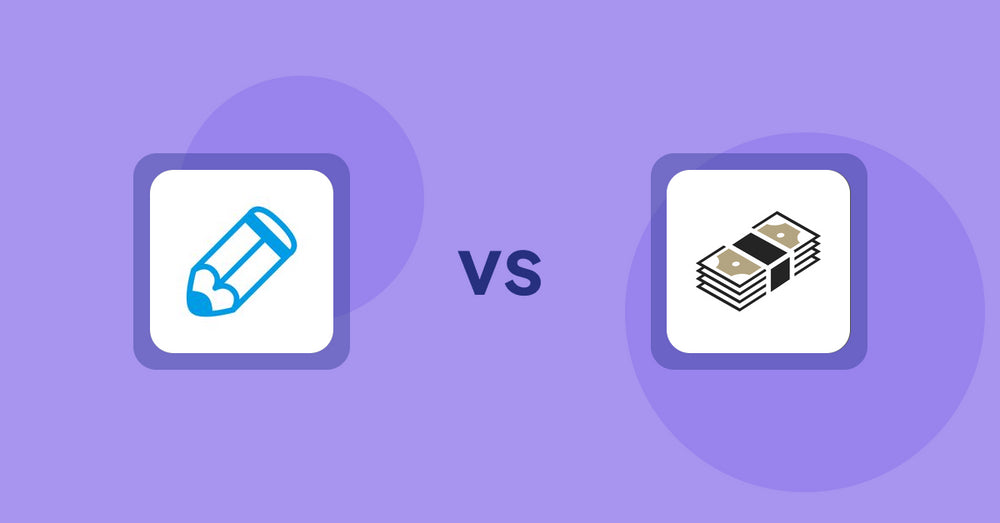
Shopify Product Display Apps: Writer Sofia vs シンプルクラウドファンディング|お手軽自社クラファン
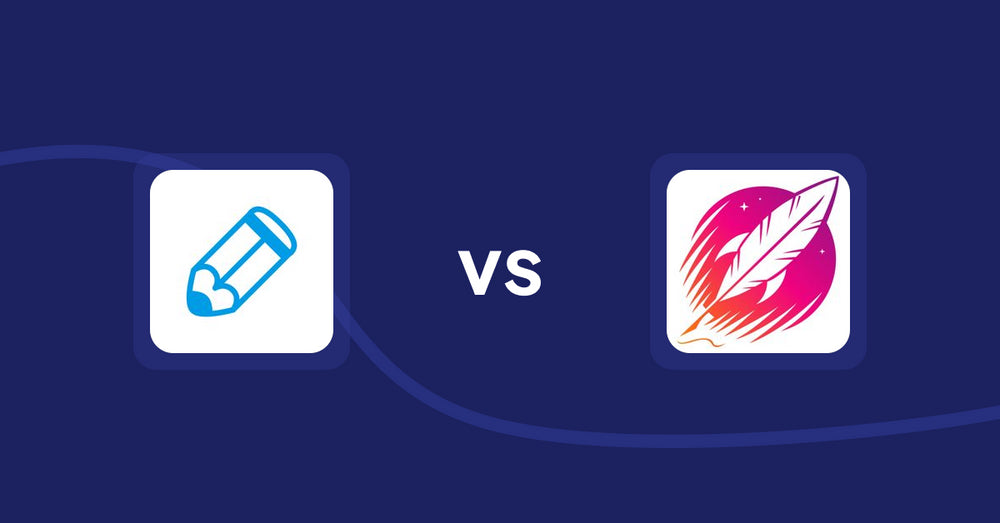
Shopify Product Display Apps: Writer Sofia vs Wordsmith: Content Generator
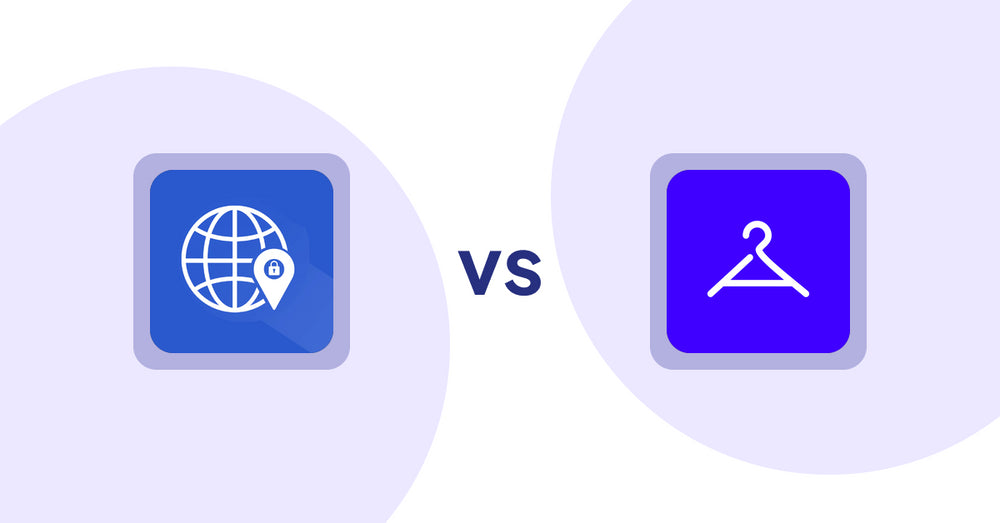
Shopify Product Display Apps: Addify ‑ Country Restrictions vs Aiuta
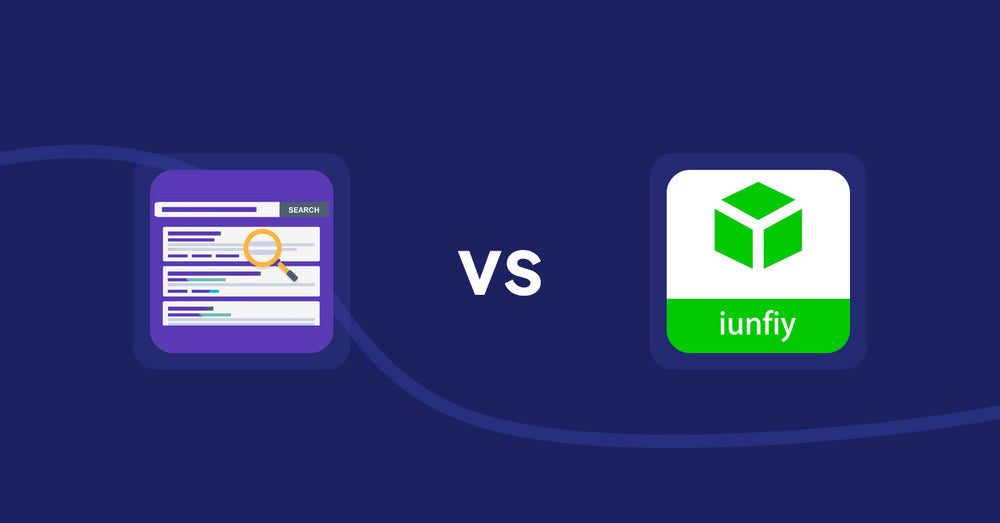
Shopify Product Display Apps: Spark AI Products Description vs iunfiy • Related Products
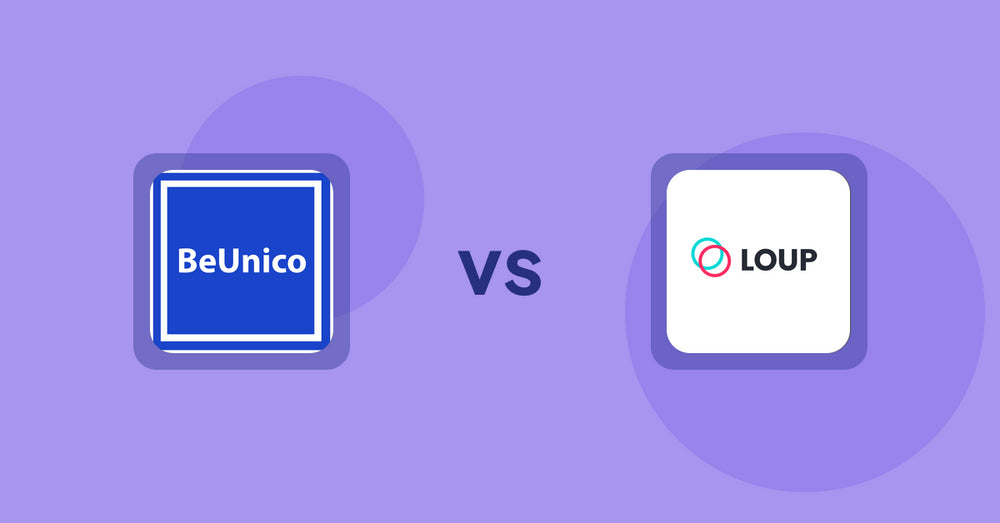
Shopify Product Display Apps: BeUnico vs Loup: Sell on Instagram

Shopify Product Display Apps: Easy Estimate Shipping vs BookE ‑Rent Property & Service
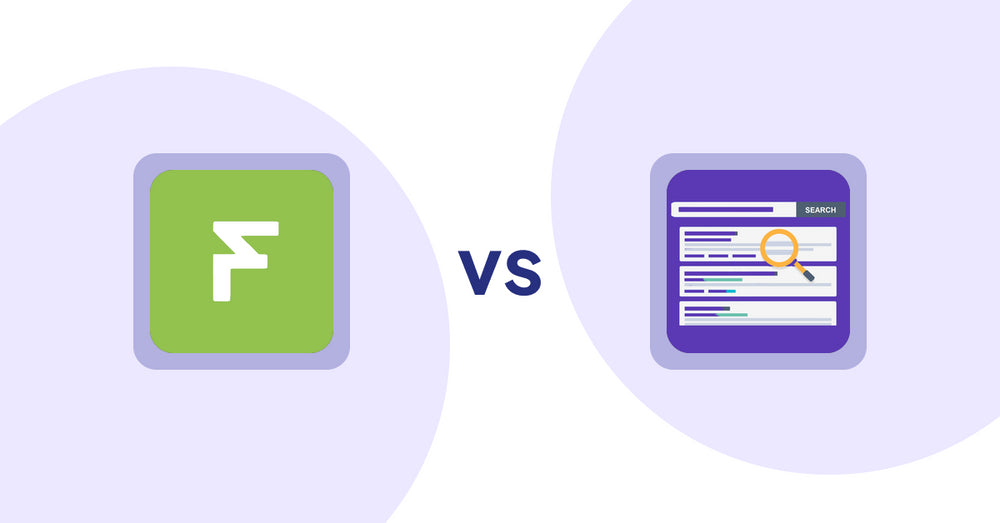
Shopify Product Display Apps: Easy Estimate Shipping vs. Spark AI Products Description
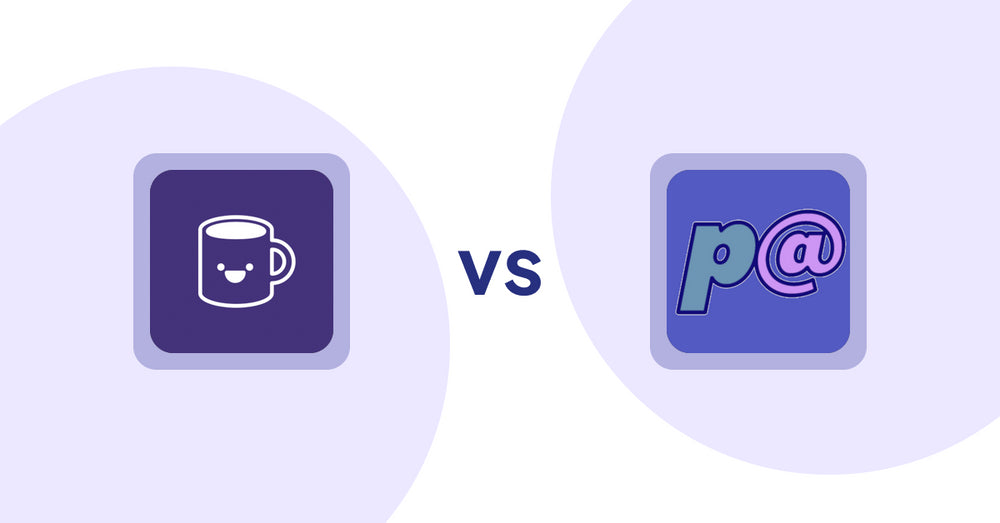
Shopify Product Display Apps: Mugshot Bot vs Parameterizer
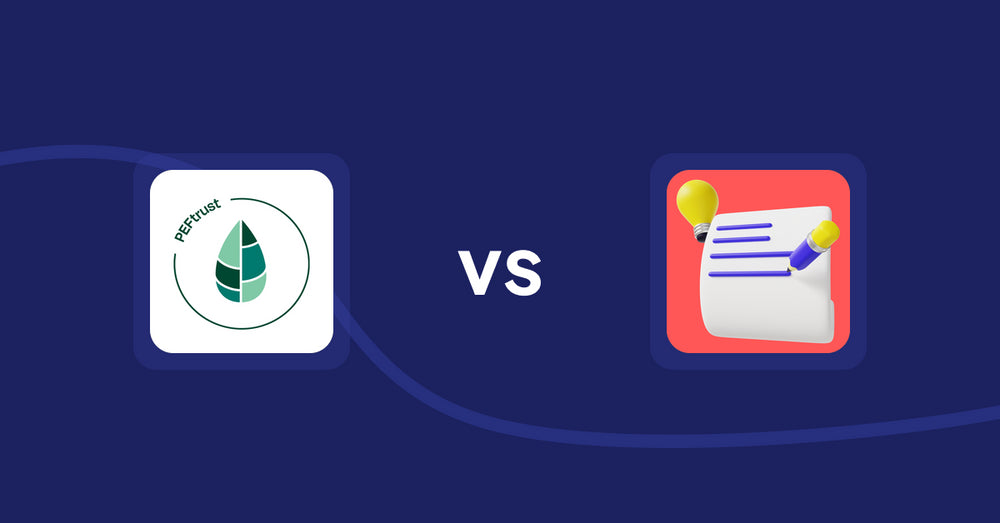
Shopify Product Display Apps: Peftrust vs. Wordo ‑ ChatGPT AI Description
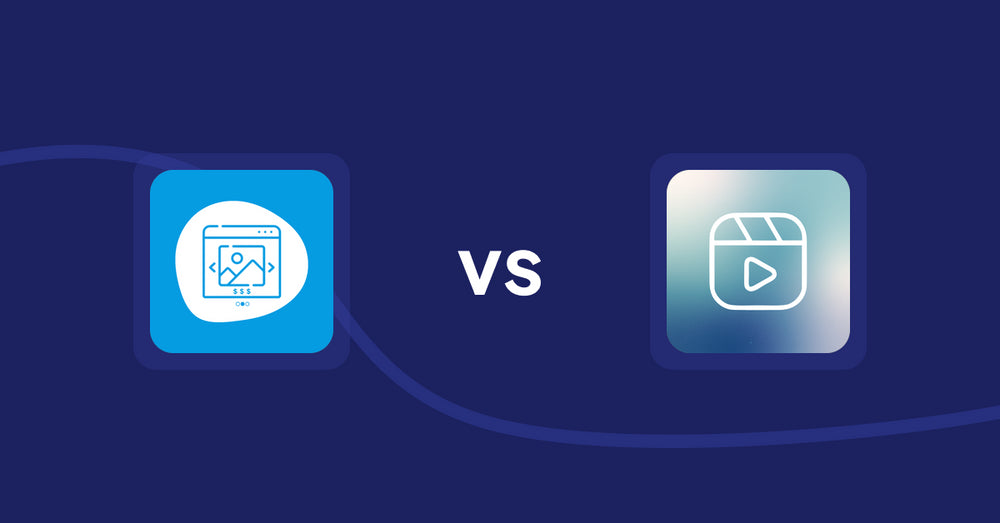
Shopify Product Display Apps: Quick Product Navigator Slide vs Reelify ‑ Shoppable Reel Video
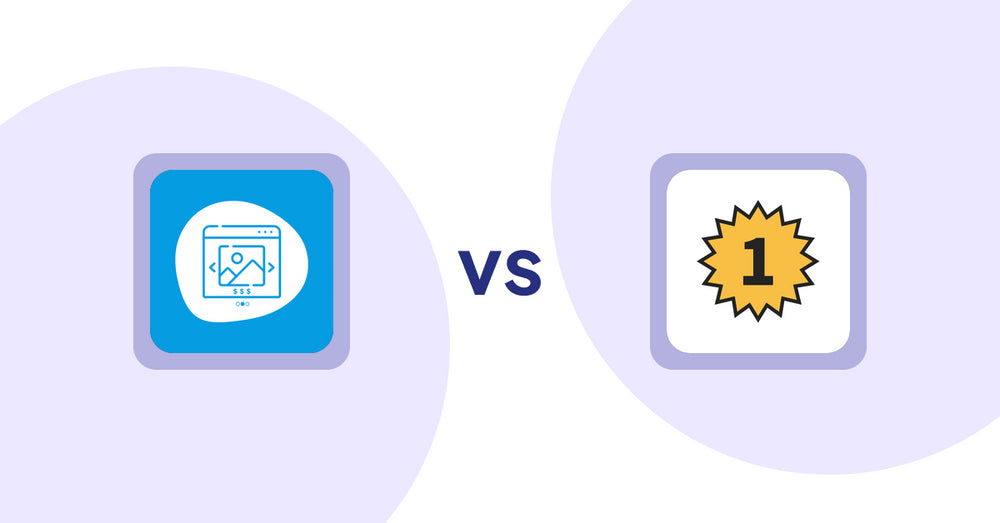
Shopify Product Display Apps: Quick Product Navigator Slide vs. UR: Smart Ranking
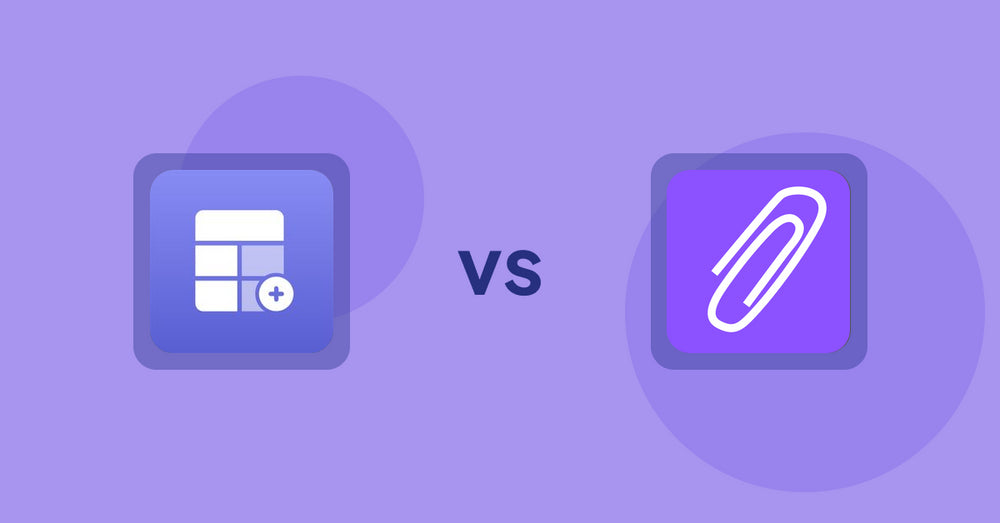
Shopify Product Display Apps: Eazy Specification Tags Table vs Agile Attachments
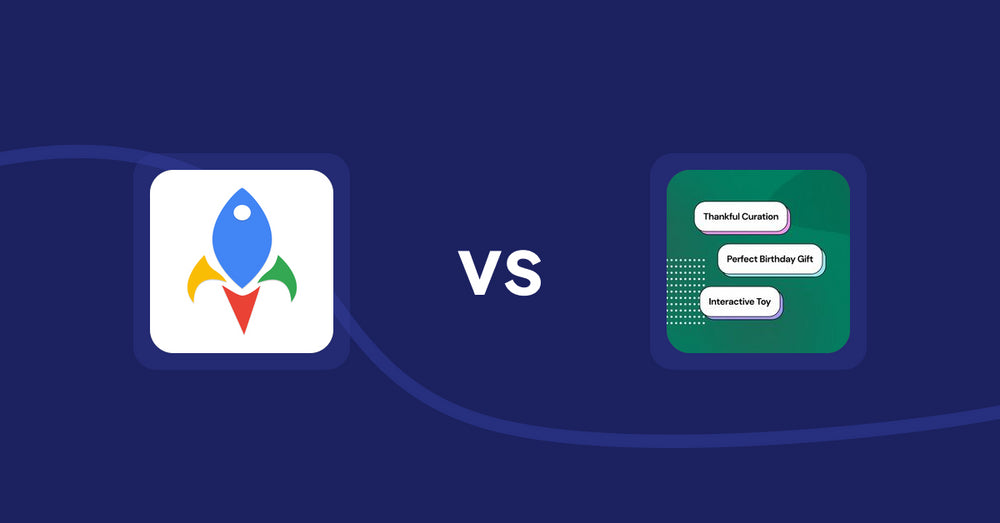
Shopify Product Display Apps: Jedi Back In Stock Admin Alert vs FeatureFrame ‑ Pretty Product
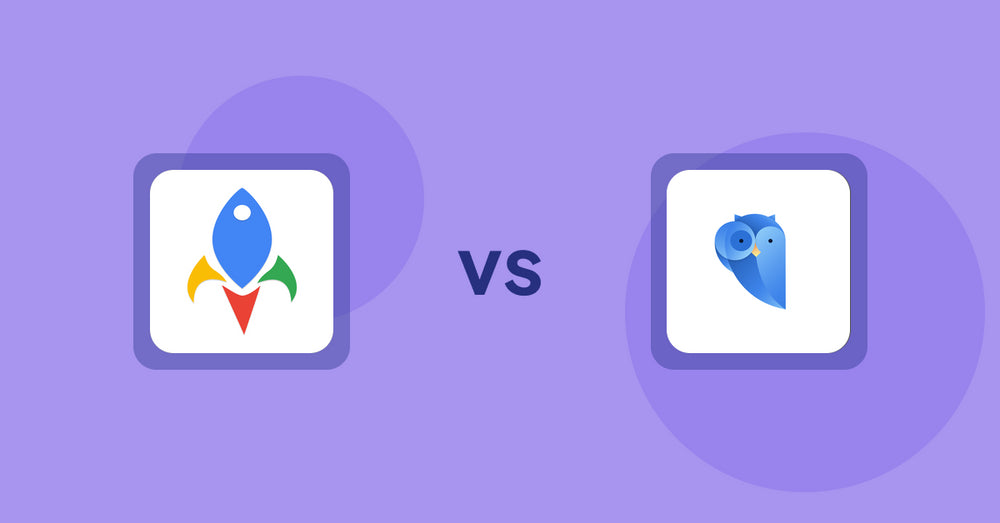
Shopify Product Display Apps: Jedi Back In Stock Admin Alert vs. Findify Search & Merchandise
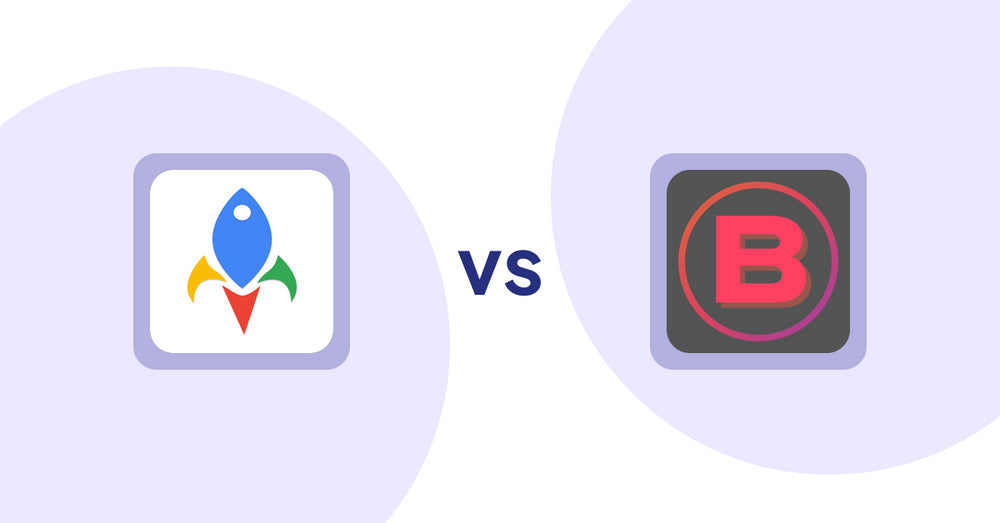
Shopify Product Display Apps: Jedi Back In Stock Admin Alert vs Banter Stories
